This Jeep is a 1942 willys MB tub is an early production 3 piece original Ww2 tub made in very early 1942. The engine is period correct 1941 year of production. Bonnet or hood is the correct early two piece with early style 7 barrel or 9 tab piano hinge.
The tub is salvageable with minimal rust through in usual areas around top hats, under fuel tank and on the tool carrying side body seam. The jeep does not appear to have had any previous repair so nice fresh restoration material without the need to correct previous bad repairs.
Before we get to the details of this Jeep which is for sale, lets have a look at some facts:
There were over 360,000 of the Willy’s MB produced, making it the most popular Jeep made during the time. Ford produced over 270,000 of their Jeep variant in the same time span. In total, there were over 640,000 Jeeps built during WW2
1. Weight
Originally 1,300 pounds, the vehicles proved to be too light. The weight was later revised to 2,160 pounds. Today, a Jeep Wrangler can weight anywhere from 3,900 to 4,900 pounds
2. Ground Clearance
The Jeeps had a minimum ground clearance of 6.25 inches and a wheelbase of 80 inches. This meant that the vehicle from bumper to bumper was over 10 feet long.
3. Payload
Payload wasn’t really an issue, but it could haul between six hundred to a thousand pounds if necessary.
4. Spare Wheel
Jeeps came with a spare wheel, usually located on the back, as well as a gas tank which could be attached to the side.
5. Grill
Ford designed the now famous stamped grill during World War II. This is the same grill design that you see on Jeep Wranglers today. The original grill was composed of 9 slots. Willy’s-Overland Motor would later change their Jeeps to a 7 slot grill, which is what the Jeep brand has stuck with since. The move was made because Ford Motor Company had copyrighted the 9 slot grill.
6. Everywhere
Jeeps served in all theaters for the United States and were also used in lend-lease programs by allied countries. There were, in total, eleven different variations of Jeeps produced during World War II by three companies.
7. Jeep Ambulance
Jeeps were used to carry the wounded, as there was a back seat which could be converted to a stretcher. Other uses included laying communication lines and transporting high-ranking officials around.
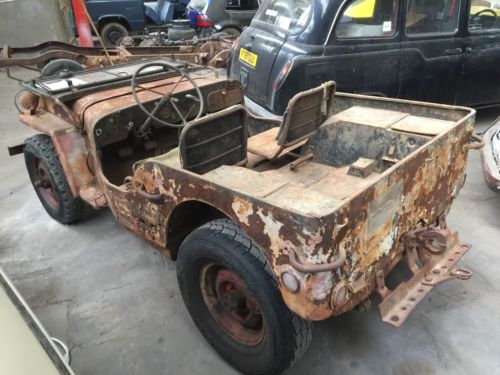
World War II saw the creation of one of America’s most beloved vehicles, the Jeep. Now primarily produced for consumer use, the Jeep was once a military workhorse designed to move troops, help the wounded and more.
The story of the Jeep begins in the late 1930s, when the United States military was searching for a vehicle that was light, rugged and could travel over rough terrain. By the early 1940s, the Jeep’s design was complete, and the rest is history.
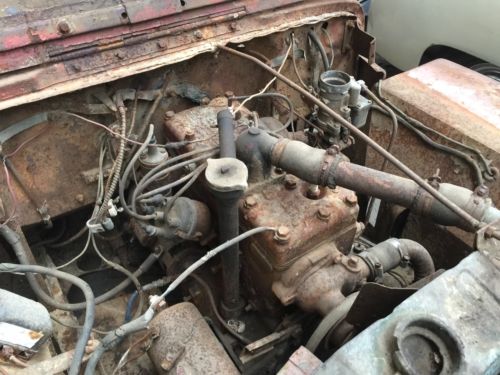
All paperwork for UK registration present and correct on unregistered vehicles.
I would encourage you to view the car to fully understand the work and the dedication of time required to complete this project and because I like visitors, it brightens up my days.
I understand immediate collection is not always possible so for your convenience I can offer free storage for 7 days. After the free period additional storage can be bought for £10 a day for a pre-arranged length of time.
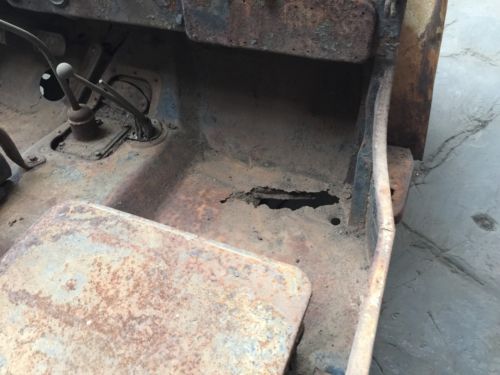
I have a team of independent, friendly and helpful drivers and can assist and manage all your transport requirements. Please message full postcode for a competitive rate. You can place your bid here
Ford was commissioned to build an amphibious Jeep, to be named “Ford GPA.” Once built, the vehicle proved to be unsuccessful as it was slow, heavy and performed poorly in the water. There were nearly 13,000 of these produced. Many of these went on to be used by the Soviet Union, who used them for crossing rivers. They would later create their own design of this amphibious vehicle.
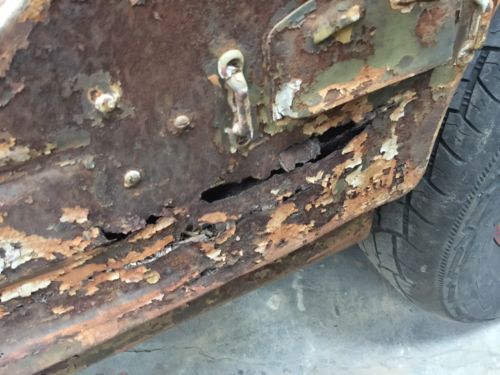
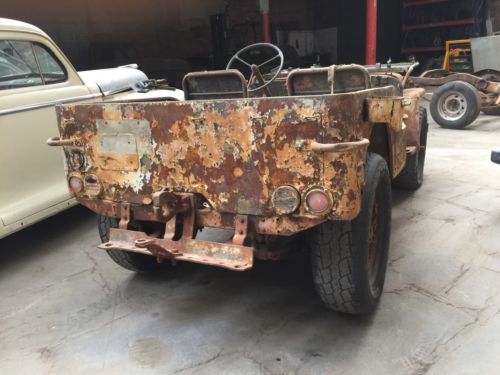
The exact reason Jeep got the name Jeep is unknown. However, it is believed that it could be from Ford’s use of the abbreviation GP on the Ford GP and Ford GPW, with the “G” meaning “Government” and the “P” designating the vehicle as having a wheelbase of 80 inches.
Other popular theories include an idea that it is based on the cartoon character, “Eugene the Jeep.” Wherever the name came from, it saw widespread use during World War II, to describe the legendary line of vehicles.
